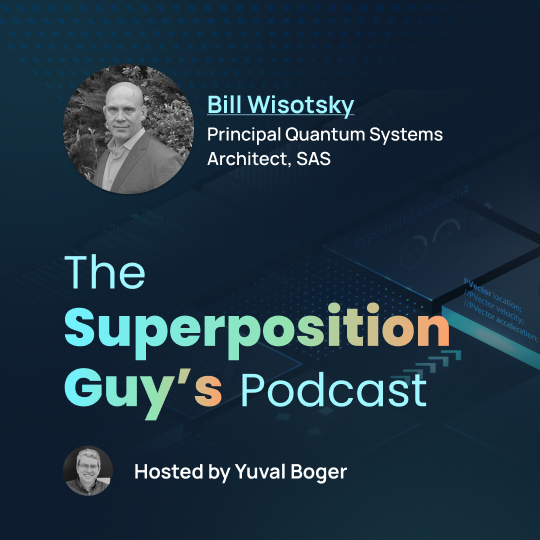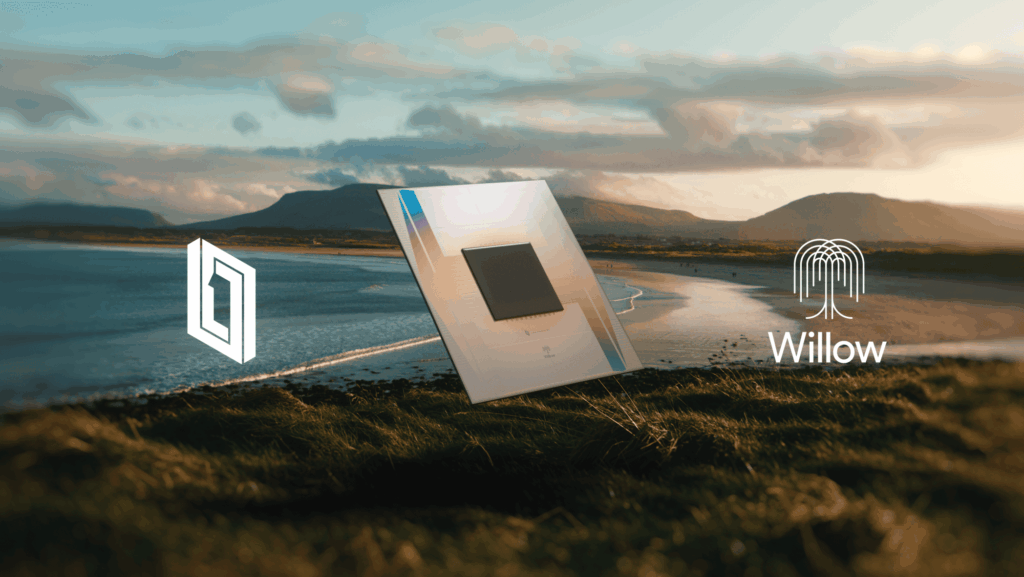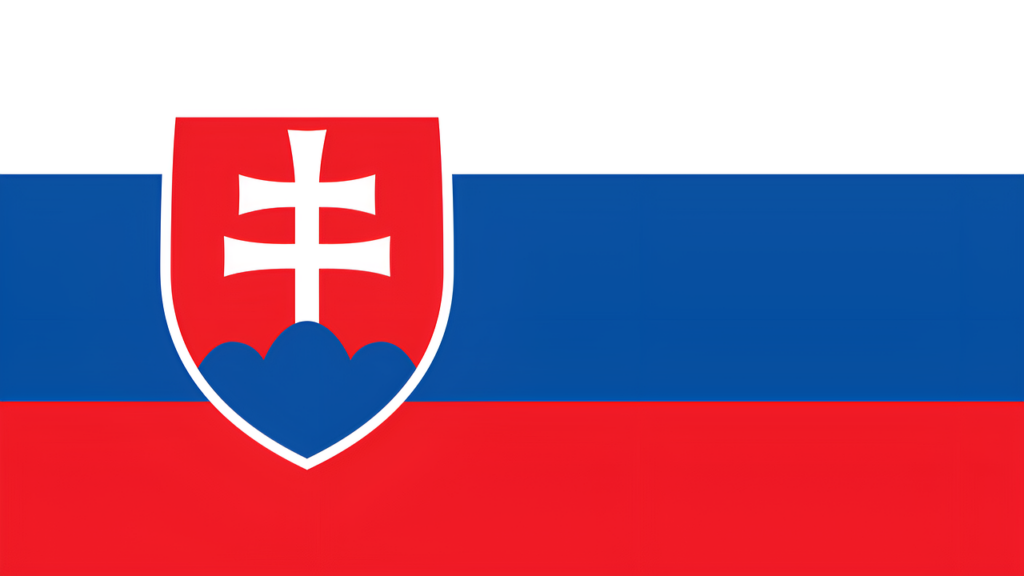Insider Brief
- Researchers used NVIDIA-powered supercomputers to explore the potential of quantum annealing.
- The study was led by Nobel laureate Giorgio Parisi to better understand and harness quantum computers for complex optimization problems.
- Quantum annealing is a specialized quantum computing method designed to solve optimization problems that are challenging for conventional computers
NVIDIA-powered supercomputers helped a team of researchers to explore the potential of quantum annealing. The study, published recently in Nature, was led by Nobel laureate Giorgio Parisi and is seen as a step in understanding and harnessing the capabilities of quantum computing for complex optimization problems.
Quantum Annealing and Its Promise
Quantum annealing is a specialized quantum computing method designed to solve optimization problems that are challenging for conventional computers. Unlike classical computers that process information using binary digits (0s and 1s), quantum computers utilize quantum bits or qubits. Qubits can exist simultaneously in multiple states, enabling quantum computers to process information in fundamentally new ways.

Quantum annealers, a specific type of quantum computer, excel at finding the minimum energy state of a system, which corresponds to the optimal solution of an encoded problem. These systems can be particularly effective for solving certain types of optimization problems, though they are not universally applicable.
The Study and its Significance
The research, titled “The Quantum Transition of the Two-Dimensional Ising Spin Glass,” focuses on a critical problem in computational physics: understanding the phase transition of Ising spin glass, according to a NVIDIA blog post. Ising spin glass is a disordered magnetic material in a two-dimensional plane, where the properties of magnetic particles can change abruptly.
To conduct their research, Parisi’s team utilized an impressive array of computing resources, including 2 million GPU computing hours at the Leonardo facility (Cineca, Bologna, Italy), nearly 160,000 GPU computing hours on the Meluxina-GPU cluster in Luxembourg, and 10,000 GPU hours from the Spanish Supercomputing Network. They also accessed the Dariah cluster in Lecce, Italy.
These state-of-the-art GPU-powered systems allowed the researchers to simulate the behavior of quantum annealers, providing critical insights into how these systems operate and how they can be optimized for solving complex problems.
Understanding Quantum Annealers
Quantum annealers, such as those developed by D-Wave, function by gradually decreasing a magnetic field applied to a set of magnetically susceptible particles, according to the post. When the field is strong enough, it aligns the magnetic orientation of these particles, similar to how iron filings align near a magnet. If the field strength is varied slowly, the particles arrange themselves in a manner that minimizes the system’s energy, solving the encoded problem.
This process is particularly relevant for spin glasses, complex and disordered magnetic systems where finding the minimum-energy configuration equates to solving the optimization problem. The study provides insights into how the properties of spin glasses change during quantum annealing, helping develop better algorithms for tackling these complex problems.
Implications for Quantum Computing And Real-World Uses
The findings suggest GPU-powered simulations can serve a critical role in advancing quantum computing. By using NVIDIA GPUs to simulate quantum annealing, researchers can better understand the behavior of these systems and identify the most promising paths forward.
This approach mimics how nature handles complexity and disorder, paving the way for quantum annealing to address real-world problems in fields like logistics, cryptography, vehicle routing, portfolio optimization and protein folding.
Unlike gate-model quantum computers, which use a sequence of quantum gates to perform computations, quantum annealers allow a quantum system to evolve freely over time, according to the post. While not a universal computer, quantum annealers have distinct advantages for specific optimization problems, and, researchers believe, offer potential quantum speedups for critical applications.
In addition to Parisi, the team included: Massimo Bernaschi, Isidoro González-Adalid Pemartín and Víctor Martín-Mayor.
According to the post, the research was first presented at NVIDIA’s GTC 2024 technology conference.
For more detailed information, readers can access the full paper and explore NVIDIA’s ongoing work in quantum computing on their blog.


















